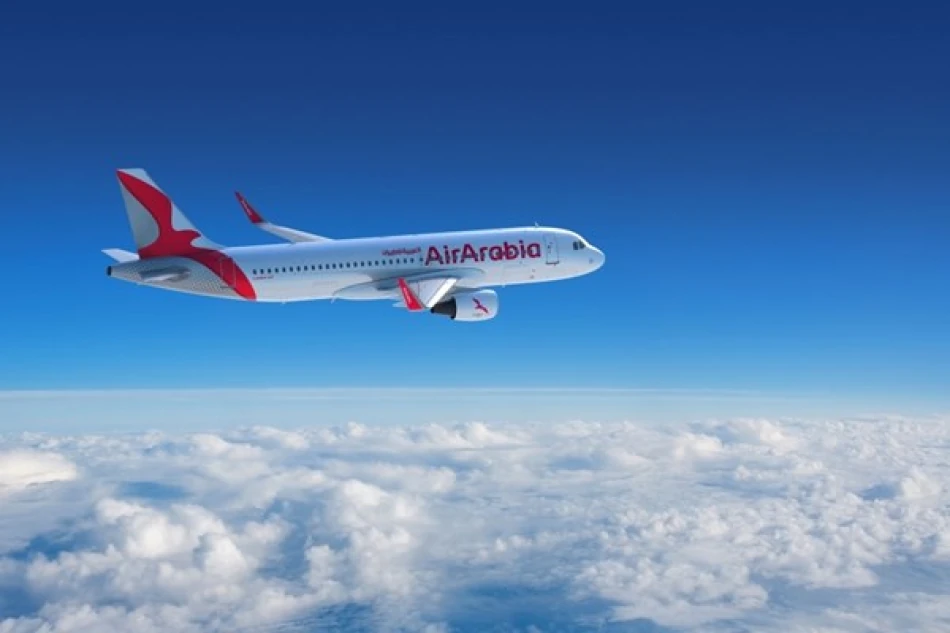
Arabian Airlines Alliance Secures Operation of New Budget Carrier in Saudi Arabia
Saudi Arabia Launches New Budget Airline in Strategic Aviation Expansion
A consortium led by Air Arabia, Nesma Group, and Kun Holding has won the bid to establish Saudi Arabia's newest budget carrier, based at King Fahd International Airport in Dammam. The move represents a significant step in the Kingdom's ambitious aviation strategy, targeting the underserved Eastern Province while supporting Vision 2030's economic diversification goals through enhanced regional connectivity.
Strategic Partnership Targets Eastern Region Growth
The new airline emerges from a competitive tender by Saudi Arabia's General Authority of Civil Aviation (GACA), marking another milestone in the Kingdom's rapid aviation sector expansion. By choosing Dammam as the hub, Saudi Arabia is strategically positioning itself to capture traffic from the oil-rich Eastern Province, home to major industrial centers and the world's largest continuous sand desert.
This decision reflects a broader trend across the Gulf, where secondary cities are being developed as aviation hubs to reduce pressure on primary airports and distribute economic benefits more evenly. The UAE's success with multiple airport hubs in Dubai, Abu Dhabi, and Sharjah provides a proven model for this approach.
Ambitious Growth Targets Signal Market Confidence
The consortium has outlined aggressive expansion plans, targeting 24 domestic and 57 international destinations by 2030, operated by a fleet of 45 aircraft. These projections anticipate serving nearly 10 million passengers annually from Dammam and the Eastern Province—a significant increase that suggests strong confidence in regional travel demand.
Job Creation and Economic Impact
The airline expects to create over 2,400 direct jobs in the aviation sector, contributing to Saudi Arabia's employment goals under Vision 2030. This job creation extends beyond airline operations to include ground services, maintenance, and tourism-related activities, potentially generating thousands of indirect positions.
Market Positioning in Competitive Landscape
Air Arabia brings proven low-cost carrier expertise to the partnership, having successfully operated budget airlines across the Middle East and North Africa since 2003. The carrier's involvement suggests the new airline will compete directly with existing budget options while potentially pressuring full-service carriers on price-sensitive routes.
The timing aligns with post-pandemic aviation recovery and Saudi Arabia's tourism push, which aims to attract 100 million visitors annually by 2030. The Eastern Province, with its industrial heritage and proximity to Bahrain and Kuwait, offers unique positioning for both business and leisure travel.
Vision 2030 Integration and Tourism Strategy
This airline launch represents more than transportation infrastructure—it embodies Saudi Arabia's systematic approach to economic transformation. By enhancing connectivity to the Eastern Province, the Kingdom is working to distribute tourism and business activity beyond Riyadh and Jeddah, creating new economic centers.
The partnership between Nesma Group and Kun Holding with Air Arabia demonstrates the public-private collaboration model that has become central to Vision 2030 implementation. This approach leverages private sector efficiency with strategic national objectives, a formula that has proven successful in other Gulf states' development strategies.
Regional Competition and Market Dynamics
The new carrier will operate in an increasingly competitive regional market, where Emirates, Qatar Airways, and Etihad dominate long-haul routes while budget carriers like flydubai and Jazeera Airways serve shorter regional connections. Saudi Arabia's growing aviation sector now includes Saudia, flynas, and soon this new Dammam-based carrier, creating a more robust domestic competitive environment.
This expansion reflects broader confidence in Saudi aviation growth potential, supported by the Kingdom's young population, rising disposable income, and government investment in tourism infrastructure. The success of this venture could influence similar regional development projects and further establish Saudi Arabia as a major aviation hub connecting Asia, Africa, and Europe.
 Layla Al Mansoori
Layla Al Mansoori







